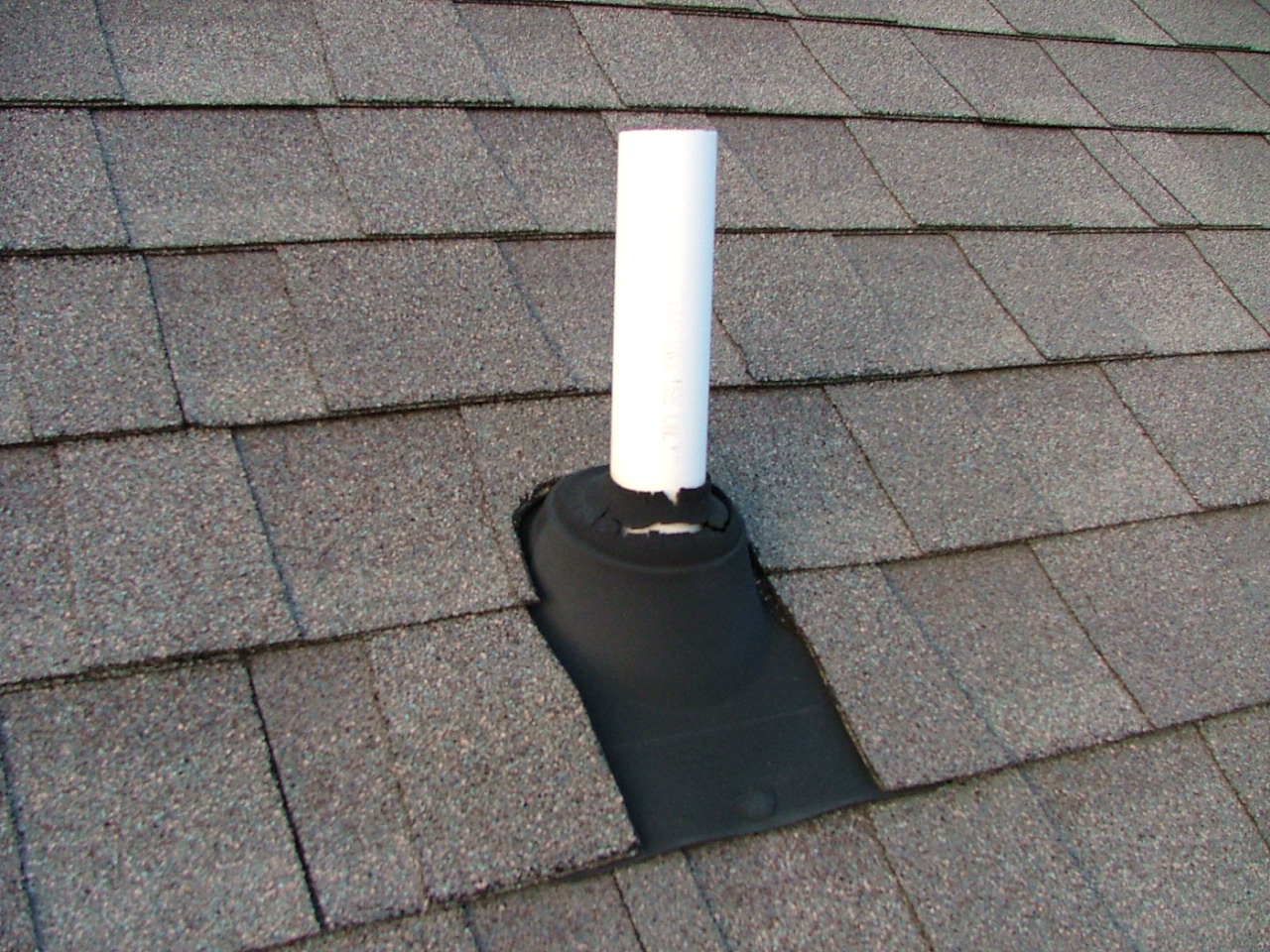How to Check Plumbing Vents
Instructions
-
1
The first thing that you need to do is to get on top of the roof using a ladder so that you can stand right next to the opening of the plumbing vents you want to check. Plumbing vents typically extend through the roof above the bathroom and are made from two-inch plastic pipe, unlike gas vents, which are made from galvanised metal. Since the opening of the vent is on the roof, it can not uncommon for it get to get clogged by sticks, leaves, dirt and even dead birds.
-
2
Confirm if there really is an obstruction in the plumbing vents that you are checking by spraying a jet of water into the opening of the vents. Use a garden hose for this purpose. Make sure to get a large hose so that it is able to reach the roof of your house from the tap to which it is connected on one end. Spraying a jet of water into the opening of the vents you are checking will move any dirt or leaves along into the drain. While you are spraying water into the vents, have some confirm that the water is not seeping into the wall. If the wall is getting affected by water, it will confirm that the vent is broken or disconnected and therefore needs to be fixed.
-
3
If spraying a jet of way in the opening of the plumbing vents does not give you a satisfactory result or backs up to the vent opening, use a plumbing snake, also known as “electric eel” and “toilet jack,” to loosen and consequently remove the obstructions. Insert the end of the plumbing snake into the opening of the plumbing vent and start unwinding it. Do not stop when the end of the plumbing snake you inserted into the plumbing vent encounters an obstruction. The idea is to work the plumbing snake through whatever is obstructing the vent.
-
4
If you suspect any drain of being insufficiently vented, install an in-line vent, a plastic fitting installed to add air to a drain that does not drain well, in it. Cut through the drain between the P-trap and the wall using a hacksaw and then glue the vent into the line in such a way that the vent cap faces up.








